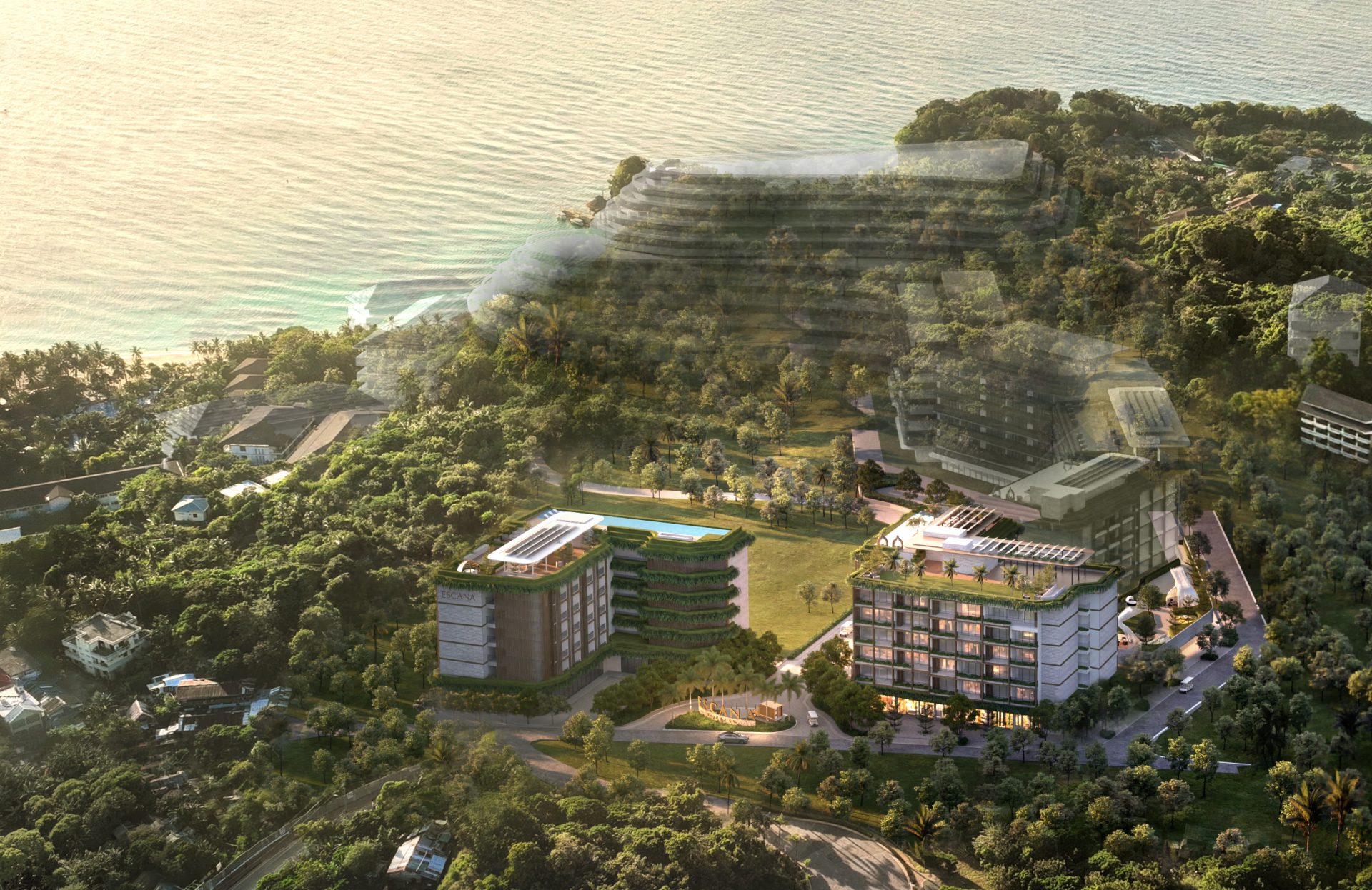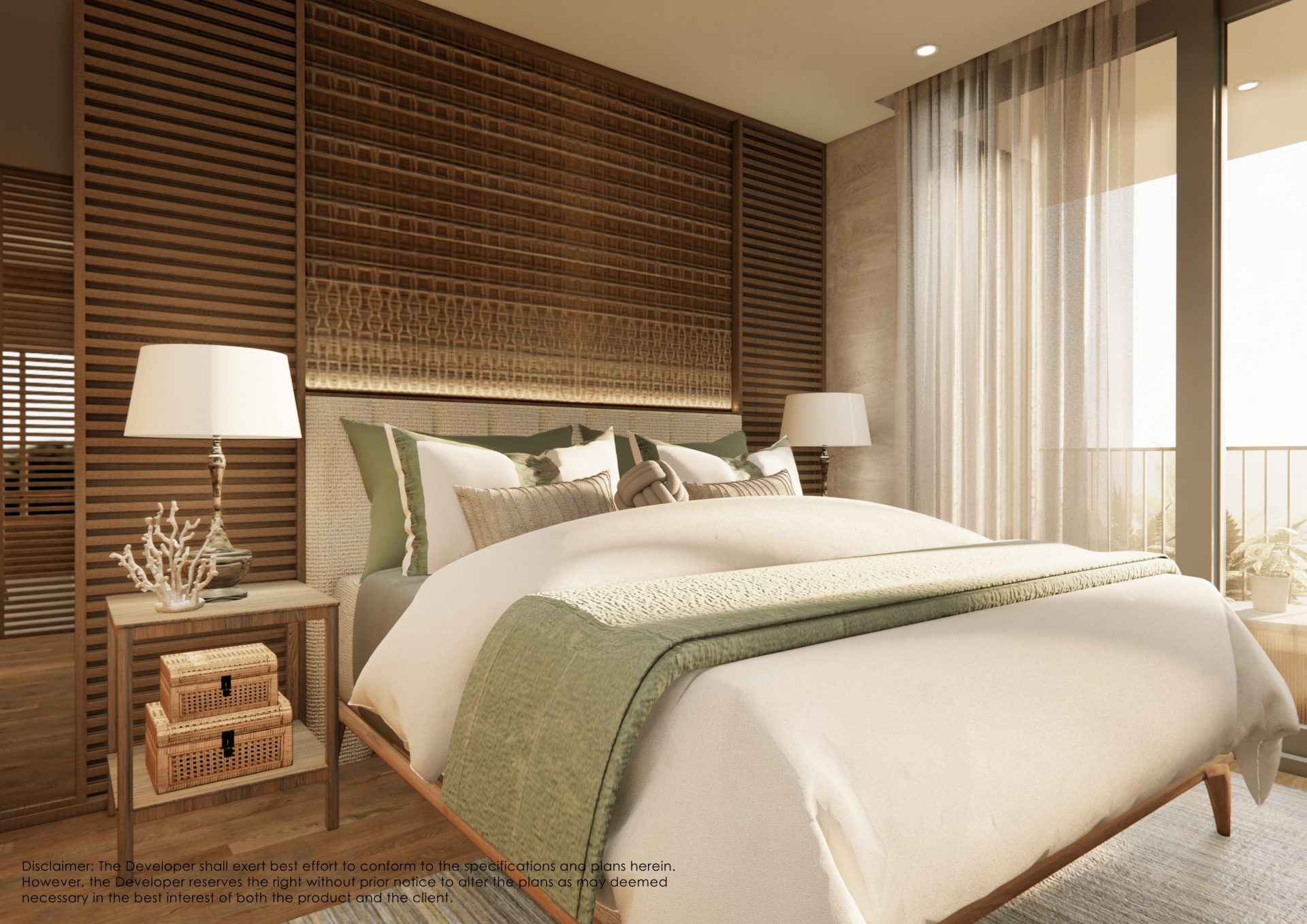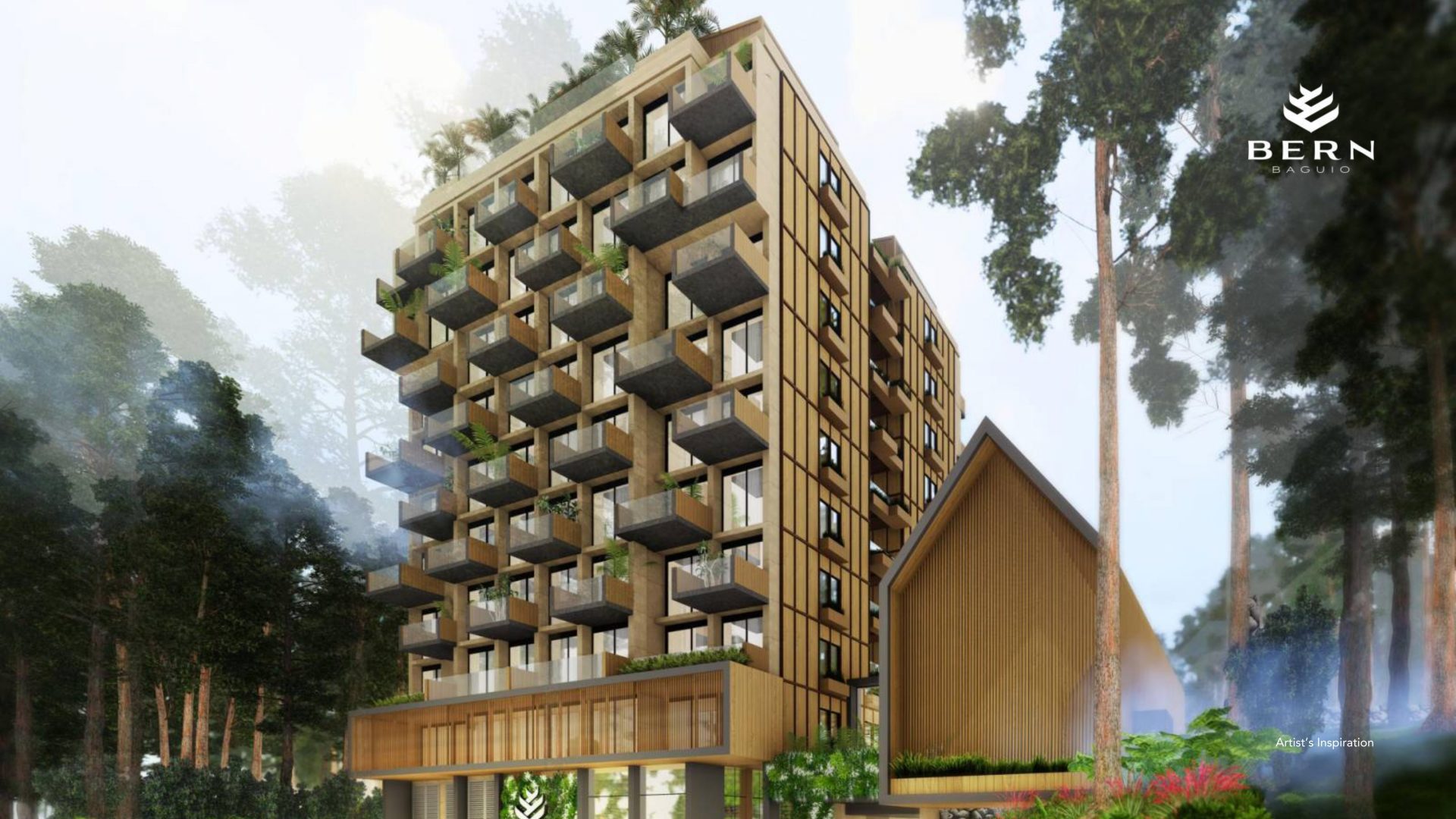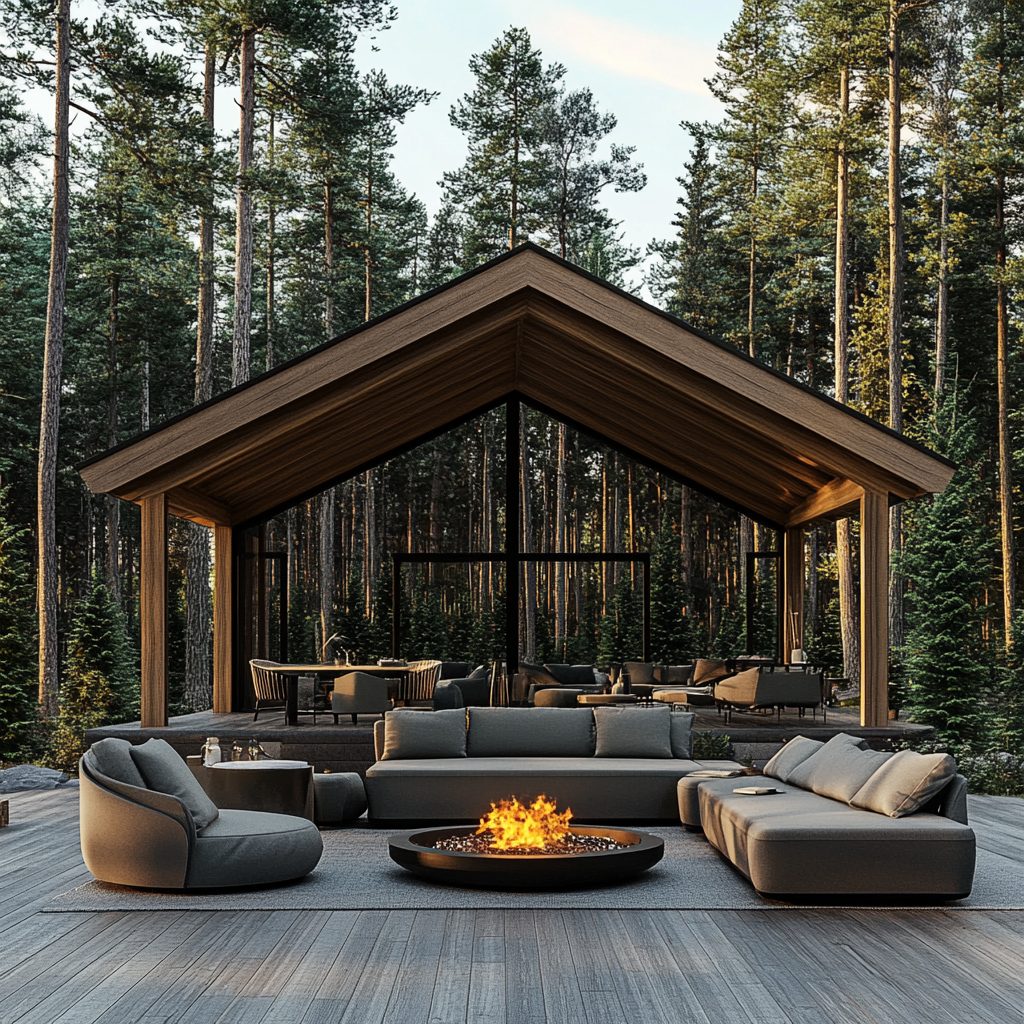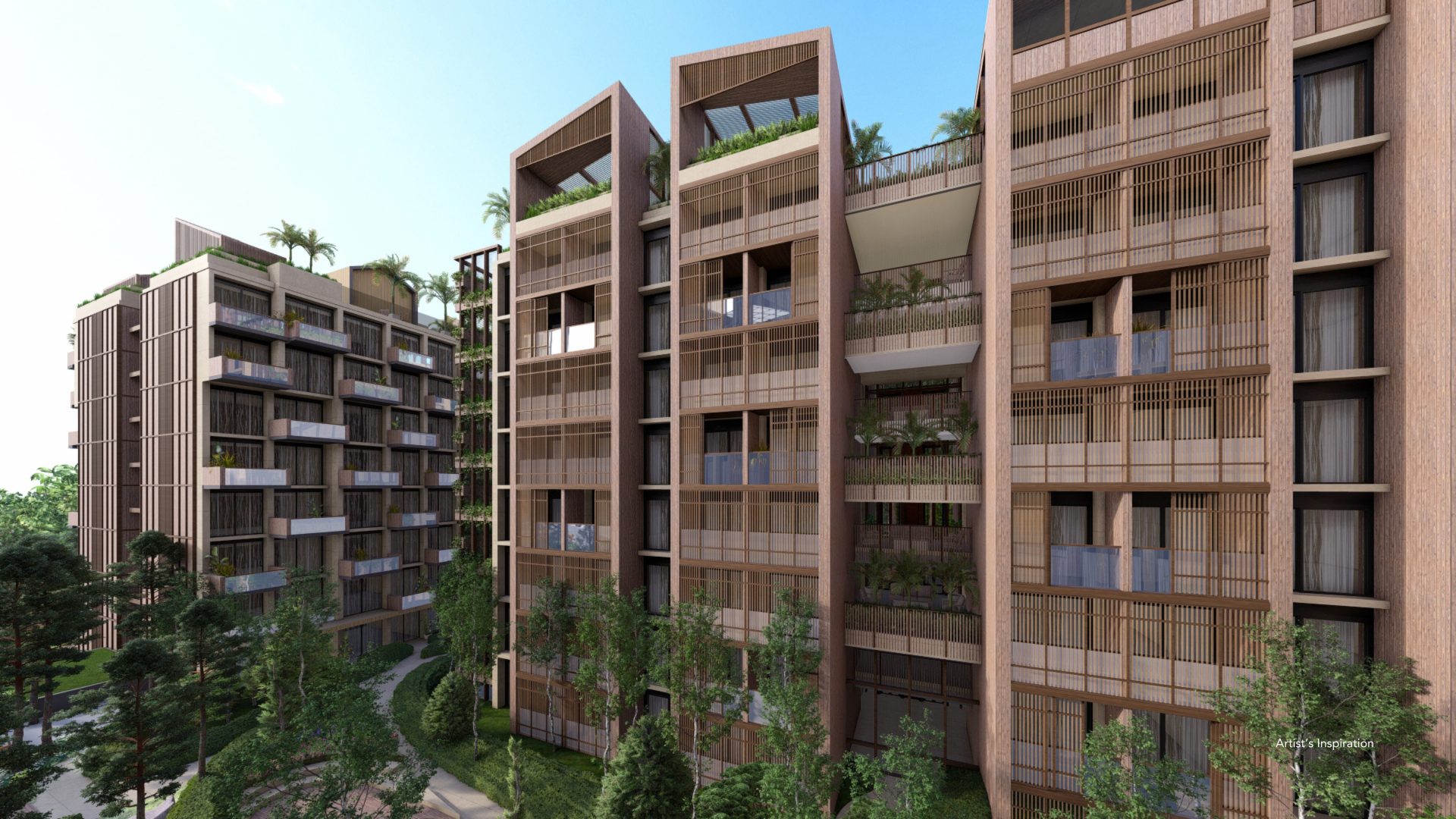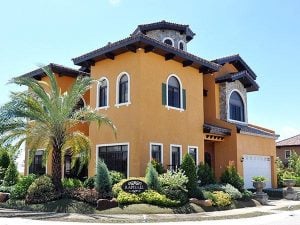BLOGS
Old But Gold: Why Classic Themed Mansions Are Making A Comeback
People have always said that classics never go out of style, and in many ways, they’re right. Right now, we’re seeing a resurgence of classical themes from random living rooms on Instagram and Pinterest to actual classic themed mansions in affluent areas. Why are we seeing this rerun? Where did all the sleekness and simplicity of contemporary design go? In this article, we’ll take a little dive into the world of design and explore why classic themed mansions are making a comeback in 2021.
The Resurgence of Classic Themes
Once upon a time, skirted tables were all the rage in everyone’s living rooms. A few years later, this trend was replaced by chintz needlepoint pillows and brightly colored fabrics. As time goes by, the trends change as well. That’s why there’s no surprise that we’re seeing the classics being brought back to life again in recent years.
Of course, it’s not always the same. Brightly colored backgrounds are still out, while subtle hues like white and pastel are still in. Bows and ruffles, out. Solid graphic patterns, in.
Nevertheless, although things have changed on the outside, their core ideas are still identical to the traditional designs of a by-gone era. Timelessness, comfort, and beauty are found at the heart of these designs, and these things are still what people are looking for in their lives today.
But why is this, exactly? Is there a reason for this collective nostalgia? Are we simply looking back to simpler, more comfortable times in the light of our modern turmoils? In the next section, we will look into different angles and discuss possible reasons for this resurgence.
The Cycle of Trends
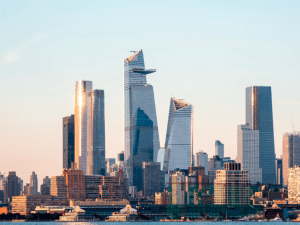
As the world develops, designs go through a series of changes as well.
Most trends go through a cycle of dying and coming back to life. This resurgence of more traditional forms of design could be nothing but this: a cycle at work. Perhaps the pendulum swing towards the last two decades’ thrust on modernism has reached its peak, and it’s swinging back to the themes that our great-grandparents once enjoyed.
This 21st-century interpretation of modernism, with its no-nonsense vibes, clean lines, and almost harsh angles, came right after the popularity of the romantic English Style. But then an incredible thing happened. Defying expectations, modernism gripped the design world for several decades – outlasting most trends around.
Some say that it’s the simplicity of the theme that made it much easier to manufacture and mass-produce. It became the go-to design of modern media, from commercials to ad campaigns to television shows and movies. Under this light, it’s reasonable to assume that the design’s versatility and ease of use cemented its hold on the population.
But even good things must come to an end, and modernism seems to be reaching its limit. Whatever the reasons for its popularity and staying power, it’s all in the past now. Today, people are looking for new things to distinguish them from the modernistic crowds. This could be one explanation for the sudden interest in traditional designs.
Resurgence as a Result of Experimentation
To some, this shift in focus can’t be explained by a reaction to just one but is instead a result of multiple themes competing for attention.
While the first angle may suggest that mid-century modernism is the only design trend around, the answer is actually more complex than that. The real-world scenario is more of a mishmash, from mid-century Scandinavian to French provincial and everything beyond and in between.
The design world can be more aptly described as in flux, with multiple ideas spearheaded by various big names in the industry, all vying for public attention. And yet, more and more new ideas are generated through experimentation – not all of which are attractive to the mainstream populace.
It’s perfectly understandable then that more and more people flock to the certainty of a time-tested traditionalism. It’s solid, it’s comfortable, and it’s easy to like, at least for most people. Compared to the frenzied experimentation of various perspectives, the stability of traditional designs is practically as comforting as one’s loving childhood home.
Social Media and Exposure

We live in a highly connected world, where everyone is reachable with the tap of a finger.
It’s also important to assess the impact of social media on the rise of classic themes. Technology and tradition are often held to be contrary to one another, but it seems to be working well for everyone in this case. Platforms like Pinterest and Instagram are specially made for images, where the most visually compelling creations rise to the top while the ordinary is relegated to the bottom of the list.
There’s more incentive for people to create brave, bold designs that grab people’s attention, all so that they rise to the top. And in this period dominated by simplicity and cleanliness, the luxurious charms of traditional designs are different enough to captivate people’s imagination all around.
It’s not difficult to see how this would influence the sudden surge for traditionalist design. People tend to be attracted to the kind of beauty that differs from the norm. Traditional designs are what’s different right now, and they’re good-looking enough to warrant positive attention.
This way, the trend spreads because of people willing to follow them, whose attention has been captivated by the classical beauty of this design theme. More people then see them and emulate them, spreading more photos and passing the trend around.
It’s Not a Resurrection, But a Creation
Finally, it can also be argued that this recent trend isn’t that puzzling because–as mentioned above–trends come and go. And perhaps, that’s what this is: a new trend.
While the first item argues that the reemergence of classic themed mansions is a circular cycle bent on going back to the traditional, the proverbial “return-swing of the pendulum,” this argument distinguishes itself by saying that it’s a development of an entirely different theme.
It may seem like regular old traditionalism, but there are notable differences as well. We’ve already briefly discussed the aversion to loud colors and patterns and the eschewing of more bothersome details such as frills and bows. But there are more uniform changes happening across the board.
For example, this new brand of traditionalism has a distinctly cleaner appearance. Less clutter seems to be the way this design trend is heading. And although there are a lot more decorative elements to the style compared to the starkness of modernist design, there’s much less compared to the traditionalism of the times passed.
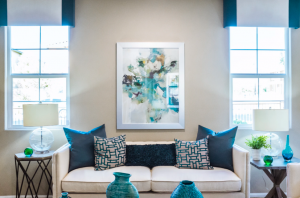
The modern and the traditional mixed together in one design aesthetic.
It’s also mixed with the new, as well. Contemporary furniture is covered with vibrant, patterned fabrics. Clean architectural lines are blended by billowy drapery, and paintings are filled with saturated colors.
This newer form of traditionalism can be viewed as a reflection of modern life. Before, families tended to take pride in the amount of work it takes to keep their house clean and tidy. Families of today, on the other hand, opt for simplicity and ease of upkeep.
This creates a luxurious and showy design that is still leaning towards the simpler side of the spectrum. A blend of traditional elegance and modern simplicity, a new creation that heavily echoes the old.
The Comeback of Classic Themed Mansions
Along with the rise of classic designs comes the increasing popularity of classic-themed mansions. Although somewhat related, this aspect of the phenomenon has several different things about it than just the rise of this design trend in general.
For the past years, the trend has always been clear when it comes to buying luxury houses: bigger isn’t always better.
Instead of sprawling estates with lots of acreages, owners are preferring relatively smaller luxury homes, albeit packed to the brim with all the customizations that money can buy.
However, that trend is seeing a sudden reversal in the past months. Instead of customizability, homeowners are rapidly shifting their favors towards owning a few more acres of space. And not just any mansions; classic themed mansions are now more abundant than ever. The next section will explore the reasons why they’re making a comeback this year.
Suggested Read: Most Expensive Pet Accessories 2021
The Coronavirus Effect: Space for the Whole Family
Perhaps one of the most obvious factors for this change is the recent coronavirus outbreak.
As travel becomes increasingly regulated, and quarantines are becoming the norm, home buyers are opting for more space to accommodate the entire family for long periods. Buyers of luxury homes are now wanting houses with a large floor area and lots of separate rooms.
Amenities that have been relegated to the sidewalk are now primary drivers for purchasing luxury houses, influencing buyer’s decisions and trends. Things like media rooms, at-home ‘classrooms’ for the children, multiple offices, and home gyms are becoming prime considerations for the sale of luxury houses.
It’s only considerate to bring those things into account, given that things are most likely going to be the way they are for quite some more time. And with multiple generations sometimes living together under one roof, everyone needs more space to do their businesses and keep their privacy at the same time.
As well-furnished and modern smaller luxury homes are, they just can’t achieve that sort of space requirement. And in this pandemic, we need to do what we can to give each other the space that we all need. Classic themed mansions can give us just that.
Replacing Public Space with the Outdoors
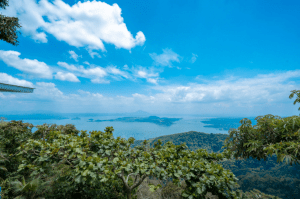
A view of Taal lake and volcano in Tagaytay, where Brittany’s Crosswinds is located.
The demand for extra space is also a reflection of another factor brought about by the sudden pandemic: yearning for the outdoors.
Before all this, the trend was for families to buy houses with small backyard spaces. After all, family members tend to spend most of their time out of the house anyway, on trips, clubs, or other leisure facilities outside. But now, the trend has reversed.
More than essential private spaces, individuals all around feel the need for leisure and recreation, but with the coronavirus affecting every kind of outdoor leisure, families are forced to create their own outdoor experiences for themselves.
The more acreage, the better, as one can build more and bigger athletic facilities and private recreational spaces. Things like private tennis courts and even meditation gardens are suddenly in demand, and luxury house and lot buyers won’t even look at a lot for sale without the capacity for those.
Some buyers are also getting more creative. Instead of buying one property with an ultra-spacious backyard, they are buying up vacant lots beside their houses to acquire more space.
With daily commutes now practically out of the picture for most working individuals, they’re not more willing to buy wide, out-of-the-way areas as well. This is perhaps why we’re seeing a wave of landowners escaping the pressed urban jungle to the sleepy but spacious countryside.
The Comfort And Security Of Time-tested Designs
With the world in constant uncertainty, some might find it difficult to muster the willpower to become experimental and daring.
At the same time, the stark simplicity and no-nonsense approach of mid-century modernism don’t seem appropriate either. Maybe it feels too professional and unwelcoming. Maybe it reminds us too much of the crowded spaces we want to escape.
Regardless, the pursuit of comfort and warmth in times of cold uncertainty is certainly something that many of us can understand. No matter the reason, people are looking for comfort and security. The time-tested classic themes for luxury homes seem to fit the bill.
They’re appropriately luxurious without being ostentatious and gaudy. They’re also warm, exuding comfort while retaining that timeless edge of elegance and beauty. Perhaps this aesthetic sentiment is what’s driving the market for classic themed mansions and traditional luxury homes.
Invest in the Old But Gold
Classic themed mansions are making a comeback, and we know where you can find the best classical luxury homes in the Philippines: Brittany.
From the Italian-themed masterpieces of Portofino Heights to the Promenade, which heavily draws on the English countryside for inspiration, classical beauty is ever alive in their holdings.
But form follows function, as they say. Worry not, because Brittany delivers on both accounts. Brittany’s creations are appropriately spacious, with homes that can accommodate your entire family and still maintain your personal space and privacy.
With Brittany’s masterfully designed models, you won’t have a problem making yourself comfortable. They’re also located in exclusive neighborhoods that are easily accessible to various amenities and with a strong economic profile. Take Tagaytay’s Crosswinds, for example, which is in the perfect spot between urban and rural.
If you’re looking to invest in spacious, classic-themed mansions to soothe your soul and satisfy your craving for beauty, look no further than Brittany.
Read Next: What Are The 2022 Designer Brands To Know?
Read Next: Hairstyle Trends of 2022
Read Next: Feng Shui 2022: Lucky Dates for House Moving



